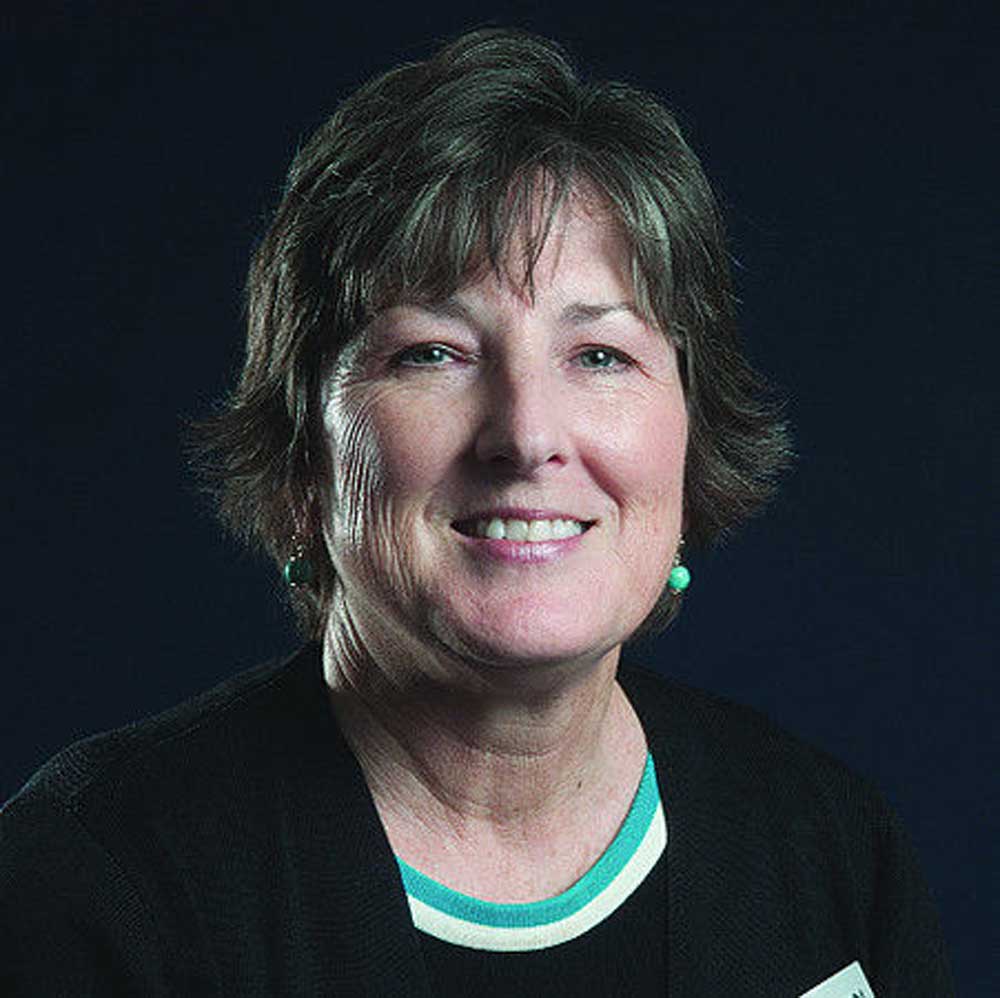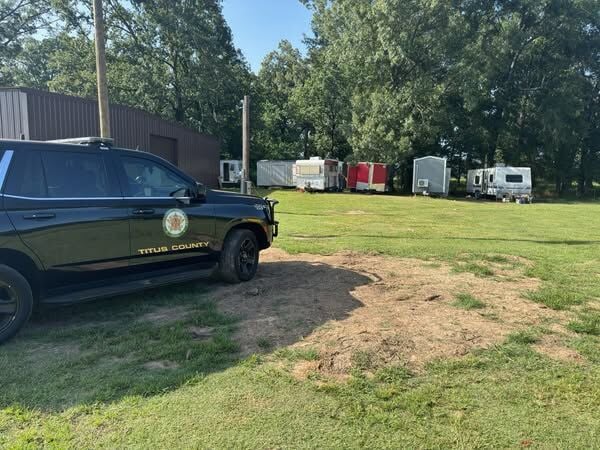For their future, make sure your children are properly buckled up
Published 10:12 pm Wednesday, September 14, 2016

- Patrice Dunagin
Every parent wants the best for their child’s future, and one of the best ways to make sure your child will have a bright future is to be sure that you are correctly using the right car seat for your child and that it is correctly installed in your vehicle every time.
The problem is that keeping them safe in vehicles isn’t as easy as it might appear. Most parents think they are using their car seat correctly, but unfortunately, at least three out of four car seats are used incorrectly.
For a car seat to best protect your child, it must be the one that fits your child and fits your vehicle. It also must be the one that you will use correctly every time you travel.
National Child Passenger Safety Week will be celebrated Sunday through Sept. 24, providing an opportunity for parents to make sure they are transporting their children safely. This year’s campaign also is putting an emphasis on making sure your car seat is registered so you will be notified of any recalls, as well as stressing the importance of keeping children under 13 riding correctly restrained in the back seat.
Children are at greater risk than adults in a vehicle crash. In fact, motor vehicle crashes are one of the leading causes of death for children. Crash data from the National Highway Transportation Safety Administration shows that on average, every 33 seconds, one child under the age of 13 is involved in a crash and nearly two children under age 13 are killed, and 308 are injured every day. Unfortunately in 2015, less than half of the children killed in vehicle crashes in Texas were known to be restrained.
What can parents do to secure their child’s future? Take advantage of the opportunity to have a free car seat inspection during National Child Passenger Safety Week. Securing your children properly in age- and size-appropriate child safety seats – in the back seat of your vehicle – is the most effective thing you can do to protect them in the event of a crash. In fact, in motor vehicle crashes, child safety seats reduce the risk of a fatal injury by 71 percent for infants and 54 percent for toddlers. Misuse of car seats can cause needless injuries and fatalities.
That’s why Texas A&M AgriLife Extension Service is urging all parents and caregivers to make an appointment for a free child safety seat inspection. As a part of Child Passenger Safety Week, there will be free car seat checkup events statewide as well as inspections by appointment. Please visit www.safercar.gov/cpsApp/cps/index.htm to find out where the nearest car seat checkup event or car seat fitting station is located. Certified technicians will be available to make sure your child is riding in the proper seat and the seat is secured properly in the vehicle.
For a child safety seat to do its job correctly, it has to be appropriate for your child’s age and size, installed properly in your vehicle and adjusted to fit your child securely.
Parents are reminded to keep children rear-facing until at least age 2 or until the child reaches the weight limit of their rear-facing convertible seat, which is usually 40 pounds or more. Also, children should stay in a five-point harness system until they are ready to ride in a booster seat. Booster seats are for children who are at least age 4 and 40 pounds or more, and mature enough to sit still in a booster. Finally, keep children in a booster seat until the seat belt fits correctly. This is usually sometime between ages 8 and 12. The average child fits in a seat belt at age 11.
If you’re a parent or caregiver, don’t miss this opportunity to have a free child safety seat inspection by a certified child passenger safety technician. Technicians can provide hands-on advice and instruction. Make sure your children are safe and you are in compliance with the current child safety seat law in Texas. The law requires all children under age 8, unless taller than 4-feet-9-inches, to be in a child safety seat system, which includes traditional child safety seats with harnesses and booster seats. Keep in mind that the law is always the minimum. Car seat technicians will be able to provide education on best practice.
Remember, all child passengers under age 13 should ride securely restrained in the back seat, where they are safest – every trip, every time. If you are not able to attend an event during National Child Passenger Safety Week, you don’t have to wait until next year to check if your car seat is properly installed. To locate a certified Child Passenger Safety Technician in Texas, please visit: http://buck leup.tamu.edu.
Follow these guidelines from NHTSA to keep your children riding safely:
Birth to 12 months: For the best possible protection, your child under age 1 should always ride in a rear-facing car seat. There are different types of rear-facing car seats; infant-only seats can only be used rear-facing. Convertible and 3-in-1 car seats typically have higher height and weight limits for the rear-facing position, allowing you to keep your child rear-facing for a longer period of time.
One to 3 years: Your child should remain in a rear-facing car seat until he or she reaches the top height or weight limit allowed by your car seat’s manufacturer. This may result in many children riding rear-facing until age 2 or older. Once your child outgrows the rear-facing car seat, your child is ready to travel in a forward-facing car seat with a harness.
Four to 7 years: Keep your child in a forward-facing car seat with a harness until he or she reaches the top height or weight limit allowed by your car seat’s manufacturer. Once your child outgrows the forward-facing car seat with a harness, it’s time to travel in a booster seat, but still in the back seat.
Eight to 12 years: Keep your child in a booster seat until he or she is big enough to fit in a seat belt properly. For a seat belt to fit properly, the lap belt must lie snugly across the upper thighs, not the stomach. The shoulder belt should lie snugly across the shoulder and chest and not across the neck or face.
For more information, contact Patrice Dunagin, Smith County FCS agent for Texas A&M AgriLife Extension Service, at 903-590-2980.






